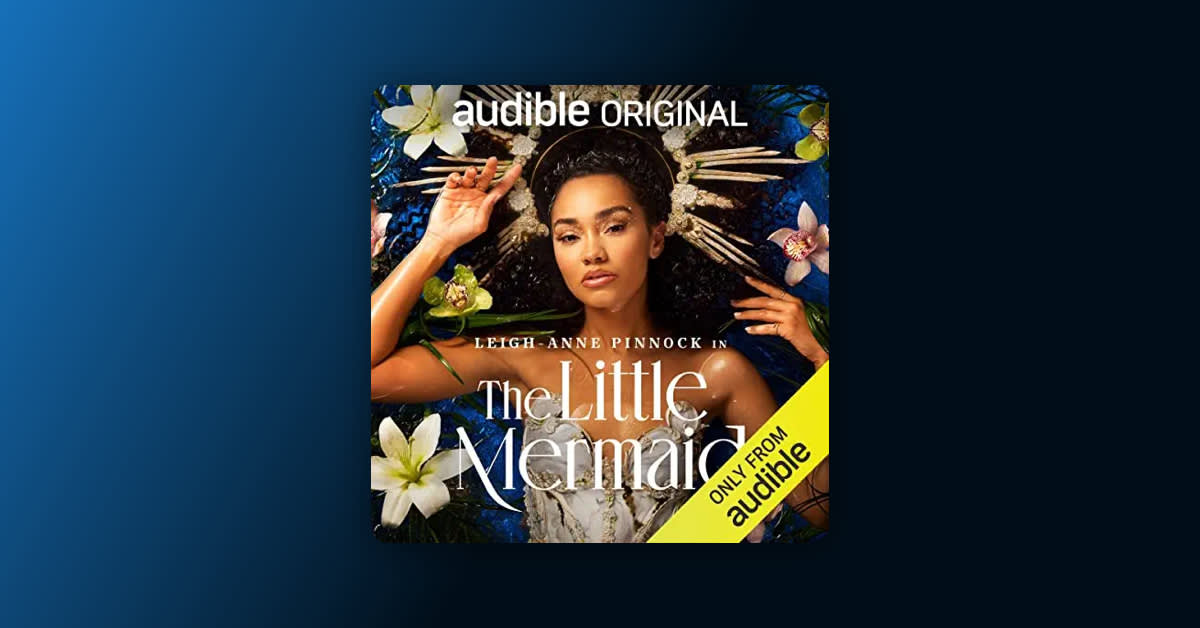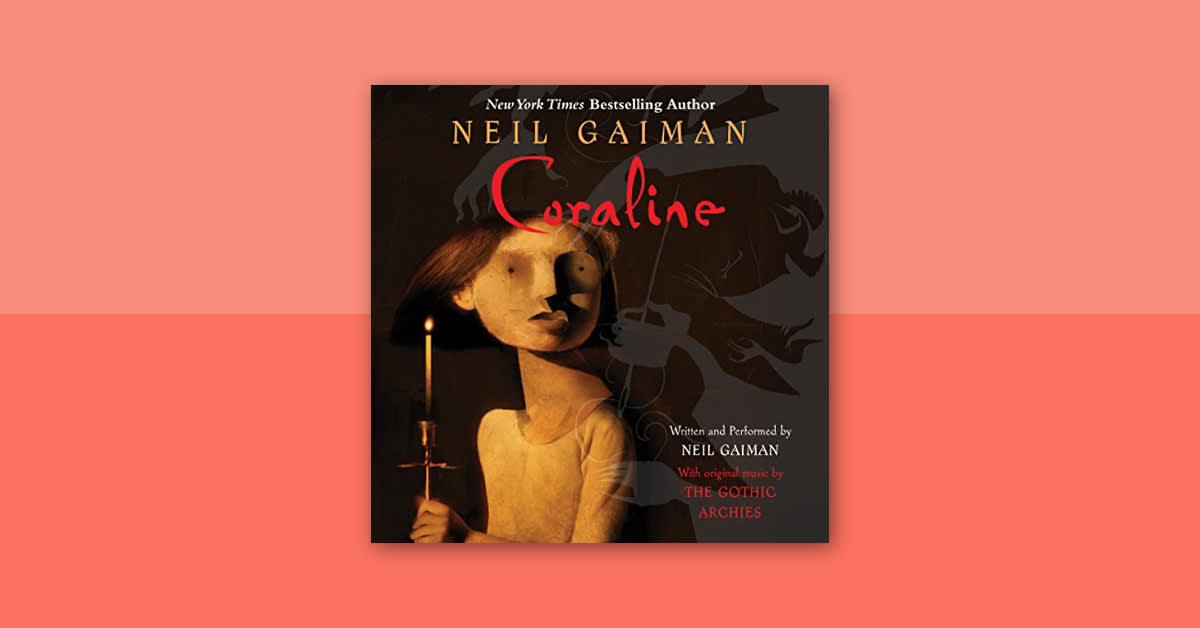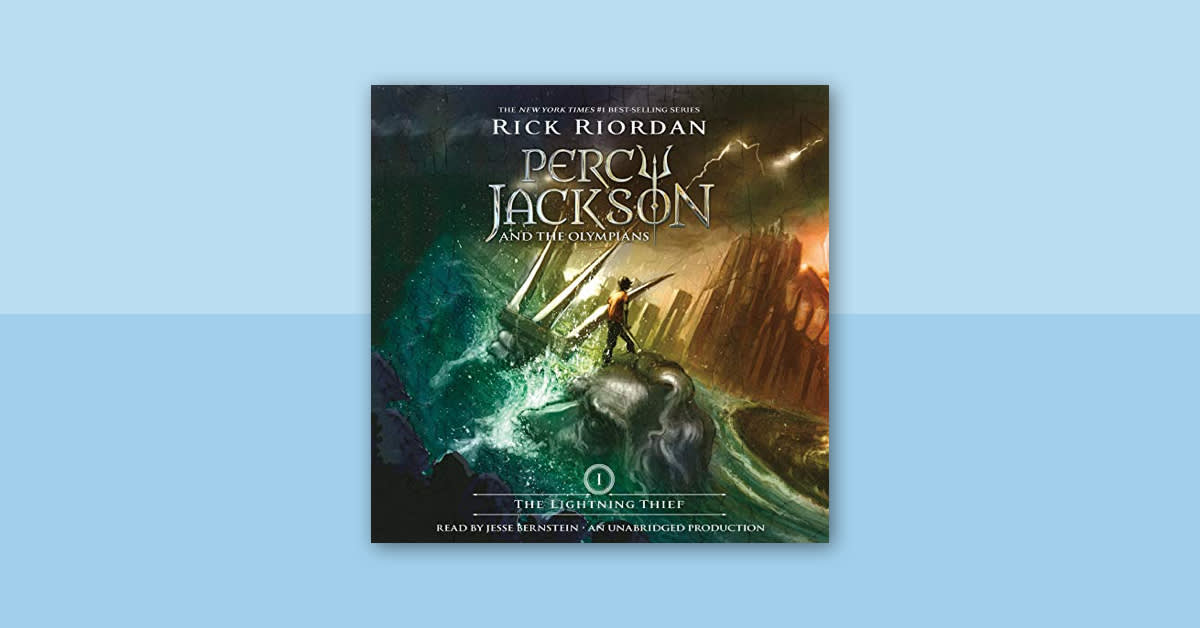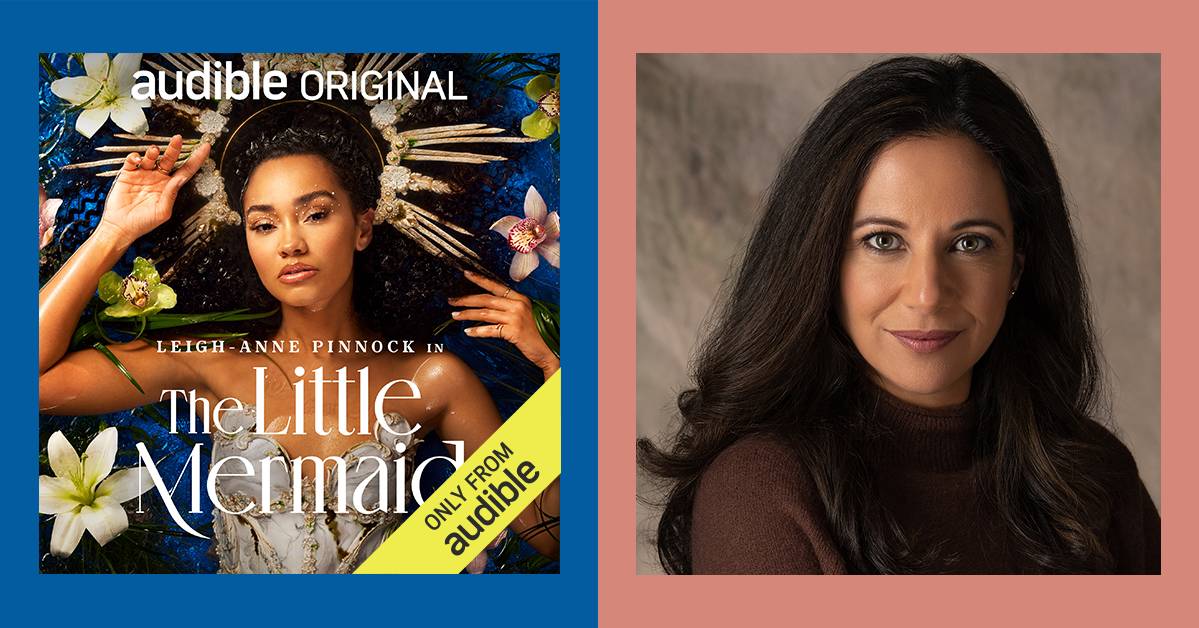Critics and audiences alike are buzzing about the live-action adaptation of The Little Mermaid, starring Halle Bailey as Ariel and Melissa McCarthy as Ursula. Among Disney’s many animated films, is one of the most beloved classics, winning the hearts of millions since its debut in 1989. And with the latest take on these long-adored characters and storylines, a fresh generation of young fans has been won.
The fairy tale behind the movies has quite a storied history. Written by Danish author , "" was first published in 1837 as a part of a collection of fairy tales. While the original tale was likely influenced by folklore about mermaids and sirens, scholars have speculated that "The Little Mermaid" was also inspired by the author's own life, as some events in the story parallel his experiences with navigating family pressures, discovering his true identity, and pursuing love. About seven years before the publication of "The Little Mermaid," to a young duke named Edvard Collin, with whom, many historians believe, he was romantically involved. The mermaid in Andersen's story pines for a prince who is out of reach, and similarly, Andersen's relationship with the duke was impossible to pursue. If the connection between the fairy tale and Andersen's real life is accurate, it's a heartbreaking analogy. "The Little Mermaid" ends in tragedy, with the object of her affection marrying someone else, leaving her to die brokenhearted.
If you're a big fan of The Little Mermaid, you probably already know there are quite a few differences between the original fairy tale by Hans Christian Andersen and the 1989 Disney adaptation. And yes, there are quite a few changes between the animated Disney film and 2023's new live-action The Little Mermaid. But how exactly are these versions of the story different? Let's break it down. (And while you're at it, have a listen to the of Andersen's classic—then decide for yourself which version of "The Little Mermaid" you like best!)
"The Little Mermaid"—fairy tale vs. movie
The Little Mermaid in the Disney version is given a name.
As is the case with many fairy tales, the main characters in Hans Christian Andersen's "The Little Mermaid" are given no names—this is a stylistic choice that allows readers to project themselves and their feelings onto the characters. The heroine is referred to only as the "Little Mermaid." In Disney's 1989 adaptation, the mermaid is given a name, and now most of us know the Little Mermaid as Ariel. In Andersen's fairy tale, the Little Mermaid is described as follows: "her skin was as clear and delicate as a rose-leaf, and her eyes as blue as the deepest sea." And if you're wondering if Andersen's Little Mermaid had that signature bright red hair that has become synonymous with mermaids, the answer is unclear. While Andersen mentions the Little Mermaid's long, thick hair, the color of her hair is never described.Did you know the Little Mermaid's grandmother plays a major role in the original story? In the fairy tale, the Little Mermaid has a close relationship with her grandmother, who tells her that humans have eternal souls that live on in heaven. The deep desire to live forever in the afterlife is what drives the Little Mermaid's quest to be human.Across all their animated classics, Disney excels in peppering in a few precious animal sidekicks, upping the cute factor and bringing in a lighthearted element. And is no different. Characters like Sebastian, Flounder, and Scuttle are all Disney creations and not present in the original fairy tale. (But what welcome additions they are!)Heaven, immortality, and the very concept of what it means to have a soul were not central parts of the Disney version of But in the original fairy tale, when the Little Mermaid asks her grandmother if humans live forever, her grandmother explains that, while humans don't live on Earth as long as mermaids do in the sea, they live on for eternity in heaven. So when she goes to the Sea Witch seeking to become human, the Little Mermaid is just as interested in eternal life in heaven as she is in the prince.Was Ariel's transformation from mermaid to human painful in Disney's ? It was never mentioned either way, but as it's a family film, it's a far cry from the anguish faced by Andersen's protagonist. In the original story, the Sea Witch not only takes the Little Mermaid's voice—she cuts out her tongue. The Sea Witch also warns the mermaid that the transformation from mermaid tail to human legs would feel "as if a sword were passing through you," and that walking on her new feet would "feel as if you were treading upon sharp knives" with every step.In the Disney film, Ursula the Sea Witch wants to make sure Ariel is unsuccessful in getting the prince to fall in love with her. And so she disguises herself as a human woman to get the prince to fall in love with her instead, all the while using Ariel's voice. None of this happens in the original fairy tale. The prince does end up marrying another woman, mistakenly believing she is the one who saved him from drowning, but the woman is not the Sea Witch in disguise.Eric, the prince in might be a little bit bland to some, but he at least seems to be genuinely interested in Ariel. In Andersen's story, the prince never seems to be interested in a romantic relationship with the Little Mermaid. He finds her amusing, but he is clearly focused on marrying someone else.If you remember the sisters in Disney's then you probably remember them singing a song at the beginning of the movie. Aside from that, they don't play a huge role in the story itself. Not so in Andersen's fairy tale. When it becomes clear the prince will not marry the Little Mermaid, the mermaid's sisters strike a bargain with the Sea Witch to bring the Little Mermaid back to the ocean with them. If she kills the prince, the Little Mermaid will be able to become a mermaid again and go back to her old life. The sisters then give the Little Mermaid a knife to kill the prince.In the Disney movie, Ariel marries Eric and the two live happily ever after. In Andersen's fairy tale, the Little Mermaid takes the knife and agrees to kill the prince. But when she tries to do it, she finds that she can't kill him, and instead, she sacrifices herself to save his life and turns into sea foam.While the prince and the mermaid don't end up together in Andersen's original story, there is an argument to be made that the Little Mermaid still got what she wanted in the end. After the Little Mermaid sacrifices herself to save the prince, the daughters of the air save her life and turn her into an ethereal spirit like them. They explain that because of her selflessness, they are giving her an opportunity to earn her very own soul and ascend to heaven. So even though both versions of the story end differently, maybe both mermaids got their happy ending after all.







